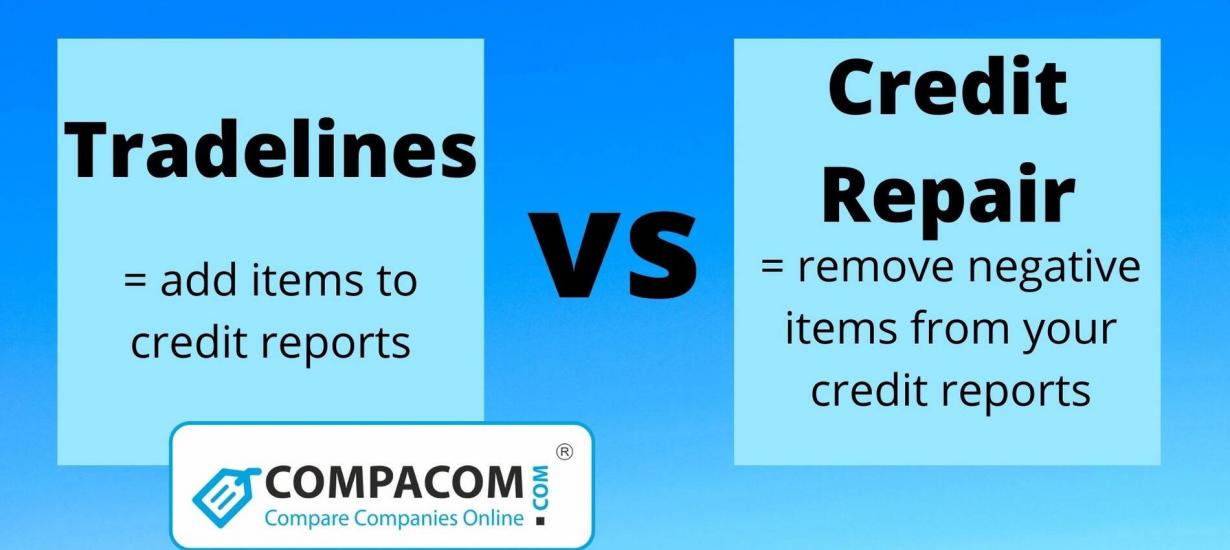Tradelines Meaning
Tradelines are divided into 3 main categories: revolving accounts, installment tradelines, and open accounts. Some can do more damage to your financial condition than others.
Ad
Tradelines
A trade line is a term in the credit industry used to refer to an account on a credit report. Examples of a tradeline are Personal Loans, credit card accounts, mortgages, and so on. Also, you should be aware that tradelines play an important role in determining a person's credit rating and are reflected in the credit report.
Keep reading for more information on what a tradeline is, what are the main types of trading lines and how they affect your credit score.
What Is A Credit Tradeline?
Many people do not understand what trade lines of credit or line of trade are. In fact, a tradeline on a credit report is a credit account. It is also important to note that credit agencies create credit reports for individuals based on these tradelines. Tradelines include certain information such as type of account, lender's name, partial account number, current balance, credit limit (or loan amount), date the account was opened, date of last activity, payment history, current account status, amount of the last payment and date the account was last updated.
Tradeline Types
As already mentioned, every account you have is a single credit line. It doesn't matter whether your payment is current or overdue, whether it is open or closed, it will in any case be a separate line of credit. However, it is important to note that trading lines fall into 3 categories. Let's take a look at each of them in more detail:
- Revolving accounts. A revolving tradeline is a credit line or credit card account that allows the borrower to use the loan as needed over an extended period of time. This includes lines of credit and credit cards.
- Installment tradelines. This tradeline is a kind of account in which you borrow a fixed amount and pay it according to certain conditions. Thus, an installment tradeline is a loan of a certain amount that is repaid in frequent installments. These include, for example, a student loan, car loan, or mortgage.
- Open accounts. These accounts are more common among businesses than individuals and are paid in full when the buyer receives the item.
Important! You should be aware that certain tradelines can affect your financial condition more than others. For example, missing a payment on a mortgage will cause more damage than for example missing a payment on a credit line.
How Does A Tradeline Work?
You probably know that your credit rating is a three-digit number that measures your creditworthiness. It is calculated based on the information about the tradeline from your credit report. Thus, if you make regular monthly payments, do not exceed your usage limit, maintain a low balance level, and meet other credit obligations, then your trading lines will contain positive information. So you will have a high credit score.
However, you should also remember that you cannot have a credit score without a tradeline. Thus, your report should contain at least one trading line that has been active within the last 6 months.
What Are Tradelines Used For?
The information included in your trading lines is used to calculate your credit score. Thus, if you apply for a loan or line of credit, lenders can also check the trading lines for more details. For example, if you have previously delayed payments, then the tradeline check will help him understand how long the invoice has been overdue.
How Do Tradelines Affect Your Credit?
You should be aware that the number of trading lines that you open at the same time can negatively affect your credit score. However, credit scoring companies do not disclose how many tradelines you need to have an excellent credit history. The best option would be to open and close accounts as needed and keep existing accounts in good shape.



You are about to post a question on compacom.com:
Any comments or reviews made on this website are only individual opinions of the readers and followers of the website. The website and its authors team are not responsible, nor will be held liable, for anything anyone says or writes in the comments. Further, the author is not liable for its’ readers’ statements nor the laws which they may break in the USA or their state through their comments’ content, implication, and intent.